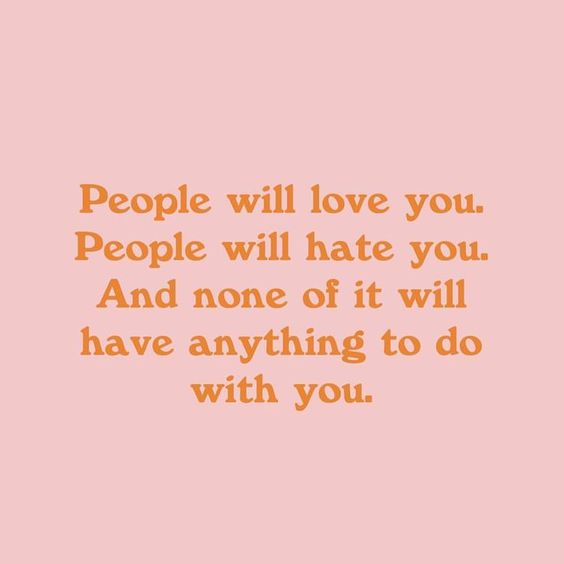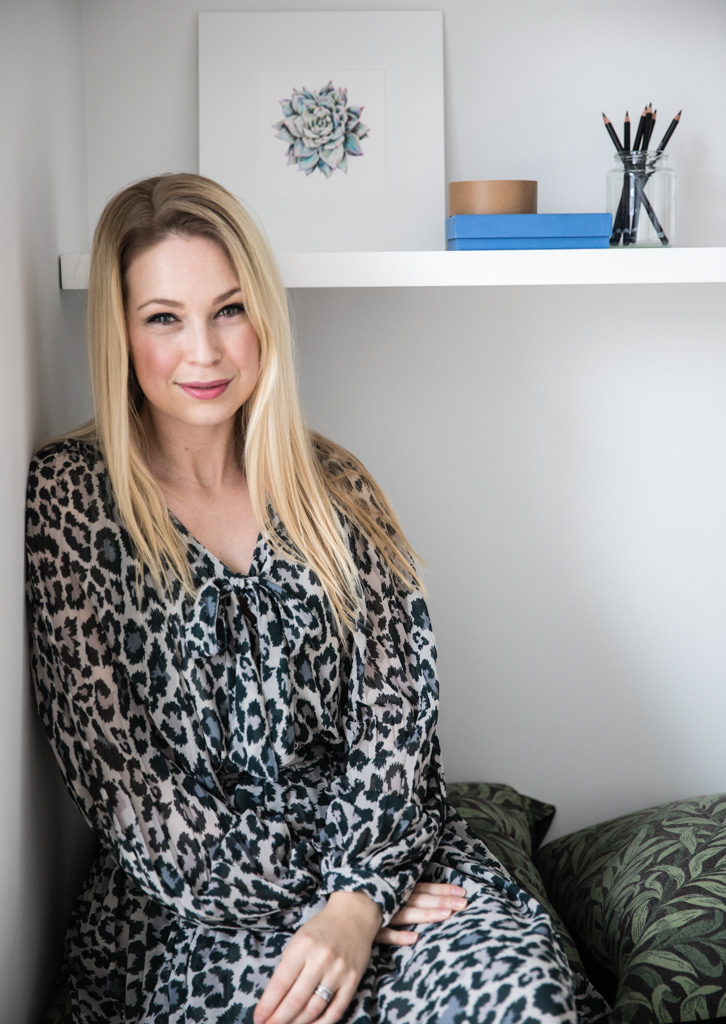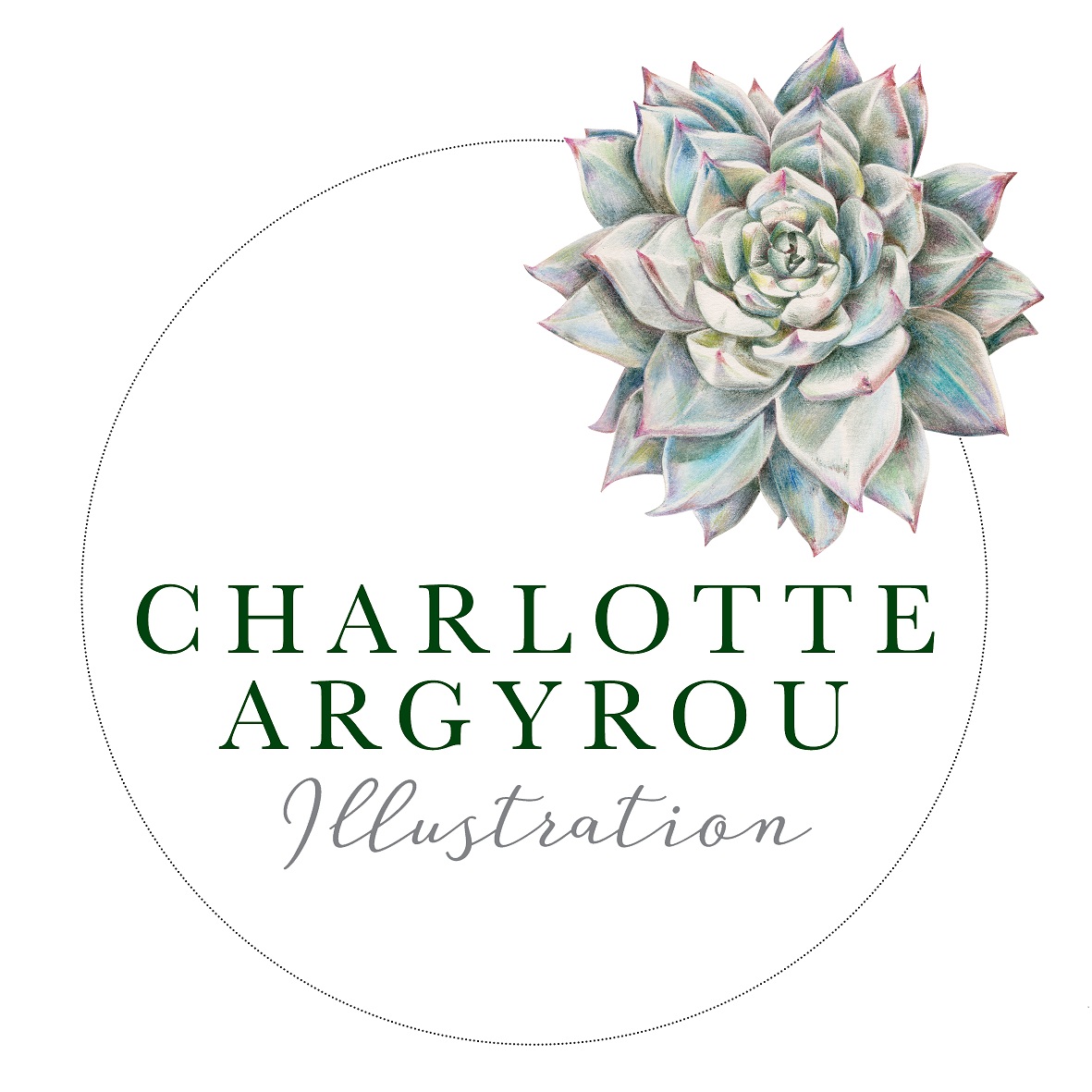I have created this list, partly as therapy, but mostly hoping to be helpful to other people who may be on the cusp of setting up their own creative business. I’m big on self-improvement and highly analytical (read: critical) of the progress made so far. But in reference to point 7 below, it is important to celebrate the small wins achieved along the way.
Let’s start with my starting point, back in Summer 2017. I was yearning to create something for myself – a role that would be creatively-fulfilling and get me back out into the big wide world again after being home for 4 years bringing up babies. So I took a very simple course, hosted by success coach Ruth Kudzi. I nervously paid up £31 for 31 days of online videos activities, guilty that £31 was too much to spend on myself. This is what I wrote to Ruth prior to our discovery call at the end of July 2017.




“I lack the confidence to pitch my work to my dream stockists. I am not a qualified artist or retailer. I feel embarrassed to describe myself as an illustrator.”Not great, hey? I diligently watched the videos and did my daily homework. I followed other coaches on Instagram, with different niches. And then I got started on my business. Fast-forward to today, and here are ten things I can proudly say went right.
1.I chose to believe in my potential.
I have recently learned the phrase “limiting beliefs”, which is the term coaches give to those niggling, lingering or noisy thoughts that stop you from doing something. I now choose to ignore them and instead think that I am good enough. What a revelation! Why should I not do something out of fear of what someone else might think? So I stopped catastrophising the thought of rejection or failure, in favour of giving it a go.
Link to Pinterest
2. I set objectives and goals and continually re-assess them.
For years, my oldest school pals and I have made objectives whilst sat around the annual pre-Christmas dinner table. It’s always been fun and useful to be held accountable to these statements, knowing that next Christmas there will be a jovial assessment and a round of applause for the highest achiever. While this is all in good humour, the practice – now privately applied to my own personal and work objectives – helps me combat moments of dreaded “Overwhelm”. Let’s say I don’t have any commissioned work on a particular day, I can look over to my pinboard and see that list of clearly-stated action points, leading to my clearly-stated over-arching goals. This reminds me that even if I can do just one thing that leads me towards achieving one of these objectives, it will be more effective than a morning spent sharpening my pencils.3. I made genuine, meaningful connections online and offline.
This is a big one. I started putting my illustrations and inspirations onto Instagram, entirely naive to the passionate and enthusiastic community that existed beyond the app. So when I initially started commenting on things I really liked, or responding to comments made about my own images, I was completely taken aback by the relationships that resulted. The very best thing is now a group of us regularly meet in a real life pub and talk about our creative business projects face-to-face. It’s not at all related to me making sales directly, but rather about supporting each other, spreading the word and brainstorming ideas. The potential of creating an online network is infinite, I am learning.4. I chose to be fine with “putting myself out there”.
Here is another quote from the document I wrote to success coach Ruth Kudzi, prior to our first discovery call.“Doing it all in my name seems arrogant and presumptuous, and also very exposed!”I delved to the depths of my soul to find a brand name for my business. Thinking high brow, I researched botanical words, Latin and English. I called on my previous experience working in PR and branding to define what would work best. I consulted a copywriter and successful entrepreneurial friend. But there wasn’t a brand name I was satisfied with, or that I didn’t have a niggling suspicion would date or I would quickly regret. Part One of “putting myself out there” was admitting that the only option was to create the business in my name. I chose to forgive myself. It wasn’t a decision made to elevate my own celebrity, but one about the connection between artist and customer. It is intimate, and while it’s not about me, it is about the hand that draws and the customer that responds. That relationship cannot be hidden behind a brand name. Part Two of “putting myself out there” came a little later as I started to feature photos of myself on Instagram and began blogging. I now throw my hands up in the air and say “haters gonna hate” – and crack on regardless. I assume there will come a point where some loser has something vindictive to say, and I hope for the confidence to ignore it. But for the other >99{fc4ffa2697ca570e43b5816fe716a05c0e7f059c4d464a857cd73bdc5a1ff7f7}, my wish is that seeing me doing my thing conveys the passion with which I create, and positively demonstrates why I am on this pathway.

It felt like a bold step to first add a portrait image to my social media icons instead of my logo. And then my Biography. And recently my website’s homepage. Photo by Donna Ford.
5. I identified my customers personas.
This is a constantly developing point, and utterly unique to your own business. For me, imagining these avatars has helped me realise that while drawing is my joy, I am now drawing with end customers in mind. Each of these customers has a problem, that I can help them fix. Eg. “Simona had a destination wedding and wasn’t allowed to bring her bouquet on the flight home. She now needs a way of preserving the memory of the bouquet she loved so much”. Defining this helps me to find that bride, and focuses my marketing activity accordingly. I once heard that the retail juggernaut John Lewis has about 200 of these “customer profiles”, and you and I fit into one of them.6. I set fair pricepoints that represent the time and workmanship that goes into each item.
Setting prices is daunting, embarrassing, and enormously difficult, especially if you have the demons that I described in the opening paragraphs of this blog post. But I worked out my production costs and an hourly rate I would be happy with and everything then fell into place. There’s plenty of advice out there on the internet – Linked In is a good source – but I’m glad now I chose the prices I did. The first time someone paid full price for my Wedding Bouquet Illustration Service, I instantly wanted to respond offering a discount. The Imposter Syndrome set in. But when I reflected on the hours the illustration was going to take, the childcare I was paying out, the beautiful packaging, the time in communication with the florist and the bride, I was happily reassured that I shouldn’t be under-selling myself.7. I celebrated the small wins.
The first time I sold an art print. Then first time I booked an original illustration commission. Soon followed by first time I was paid by a retailer. These were all small but momentous milestones over the last few months. And of course the stakes raised, my expectations grew. The first time I secured national press coverage. Loved it the first time I received a photograph of my work in a client’s home. The first time I received an amazing testimonial….It’s so easy to look ahead with big dreams, but also important to celebrate what’s happening in the present moment.8. I invested in small details that my customers experience first hand.
“Investing” is scary, especially when I’m building this business off the dregs of my savings, having had time out of professional working life to have babies. There are many many things I would love to do that aren’t viable right now. I’d love to invest in a personal coach, in the infrastructure of my website, in an agent for my artprints – and these things will not be forgotten. But I chose first to prioritise the little details that my early customers would experience, including professionally designed stationery and logo and indulgent packaging. I believe it’s helped me receive those happy testimonials, that in turn help build the trust of potential new customers and covert to sales.
My logo was professionally designed by Claire Louise Creates. I love it.
9. I educated myself in areas where I was clueless.
Firstly, I took a couple of online courses. They inspired me to read up about things I knew in the back of my mind were important, but didn’t want to face head-on. Now, in all honesty I’m being a bit preach here. I had no clue until last month that there was such a thing as a business Pinterest account, with analytics, that could all be strategised and used as opportunity to attract new customers. So I took Emily Quinton’s fabulous Makelight course. However, it’s still beautiful, glorious Pinterest in all it’s pretty perfection. The course was fun. BUT, I’m still in denial about other aspects of my creative business that I know I need to focus on. I should learn more about tax and financials. I should teach myself to take control of more aspects of my own e-commerce shop instead of outsourcing. The point is that where I have educated myself, I have seen an impact. Now I must extend this.10. If in doubt, I chose to take action.
Point 10 – for those who make it this far – is my number one learning from the first six months in business. Take action. Nothing will happen if you don’t. There is a mind-boggling number of inspirational and motivational quotes available for your viewing pleasure courtesy of Google, Pinterest and Instagram. As a general rule, I’m not big fan of them – too cheesy for me. But below, there is a quote on this subject matter that constantly rings in my ears. My success is my responsibility. Bigger than that, my happiness is my responsibility. Ultimately, the best and most important thing I did in the last six months is make the decision to take action and begin building an exciting, creative, fulfiling future.
Link to Pinterest
Copyright Charlotte Argyrou Illustration 2019 - 2023 • Privacy Policy • Terms and Conditions • Image Credits
